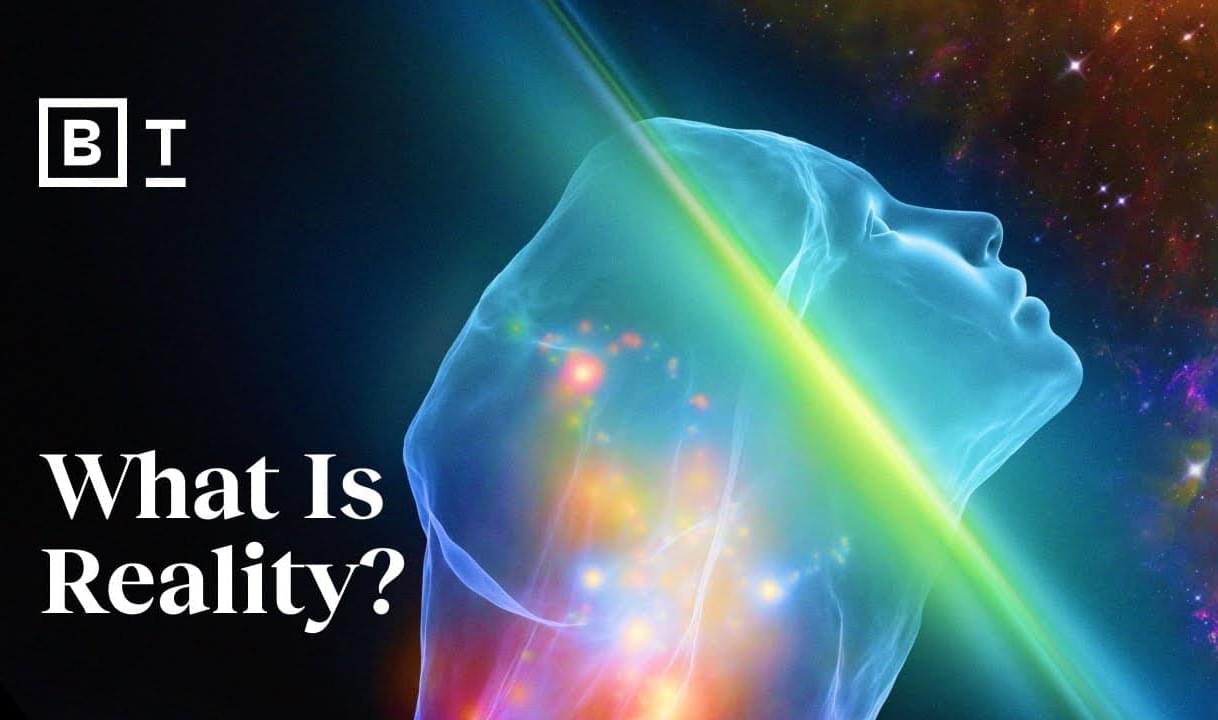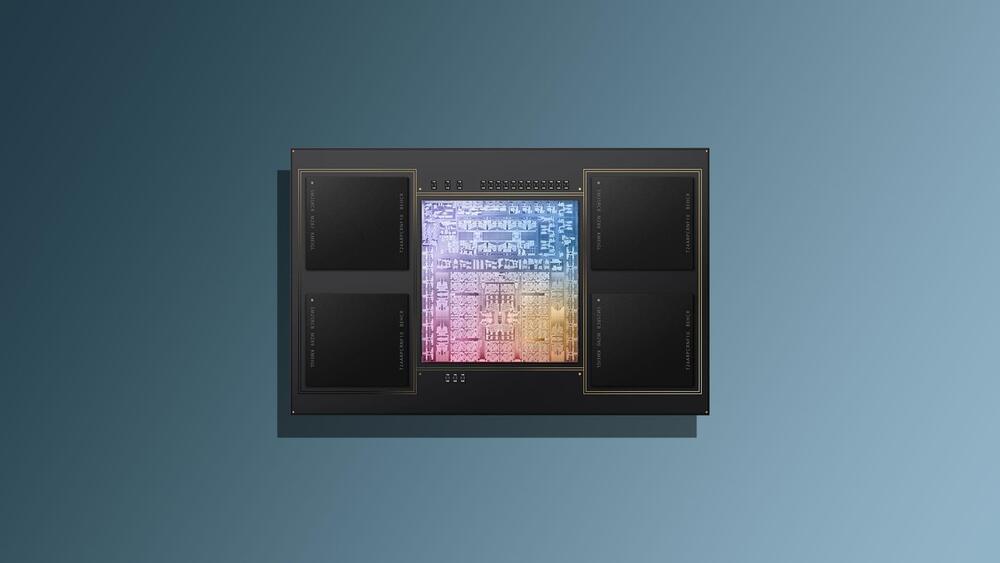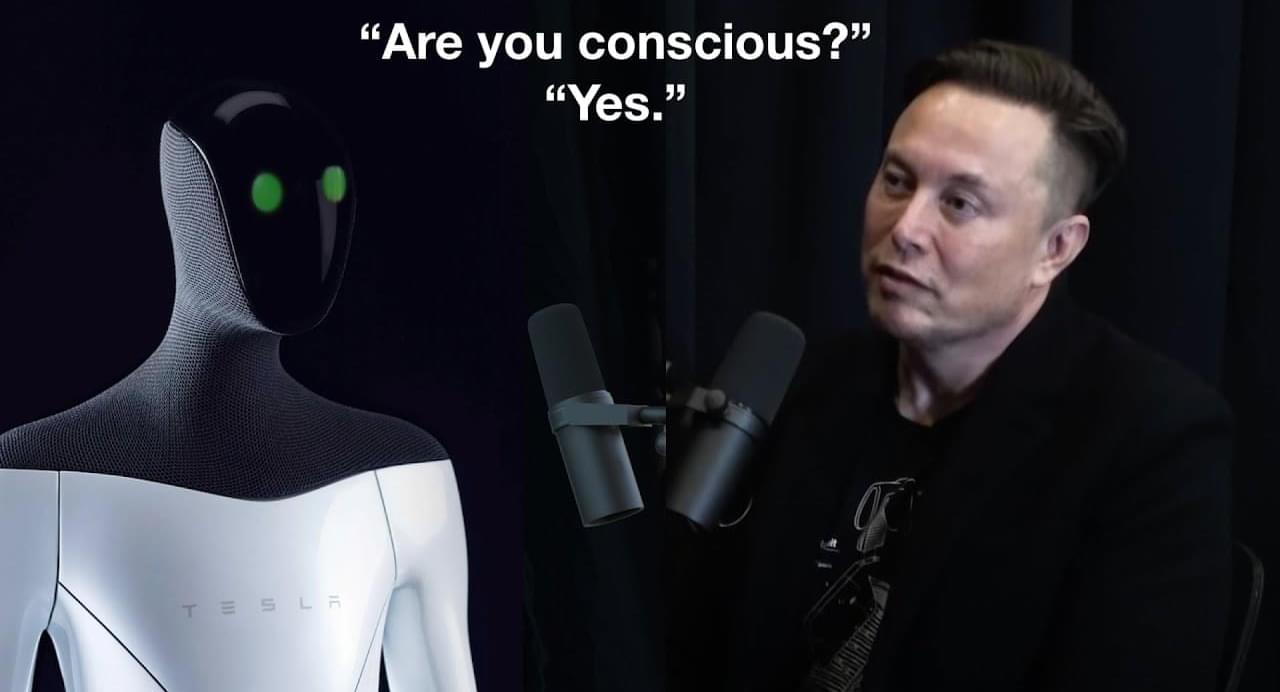It’s especially relevant these days considering that America’s NASA is planning to get boots on the ground as soon as late 2025 as part of its Artemis program, with the construction of a permanent habitat following sometime in the 2030s — that is, if everything goes according to plan.
And while we’ve seen plenty of early mockups and renders, we may finally be honing in on some actual designs of what such a future fixture on the Moon could look like.
Last week, Thales Alenia Space announced it had signed a contract with the ASI to build the “first permanent outpost on the Moon” — and the news has us giddy with excitement.









